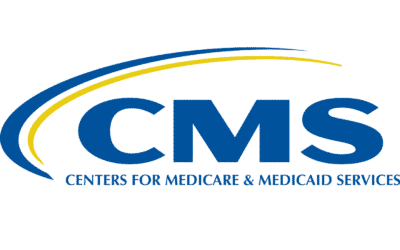There’s a lot of conversation about the way in which wound documentation determines whether a patient can dressings from a Durable Medical Equipment (DME) provider. Kathleen Schaum talked about this in “Today’s Wound Clinic” and Dr. Fife has discussed it on her blog. What that means is that the wound center electronic health record (EHR) has to provide some very specific documentation to support the DME orders, beyond what is needed clinically.
Your EHR will need to be modified to meet the DME documentation requirement burden (and if you think the list below is ridiculous – it is, but it’s still required):
Partial list of documentation needed in the EHR to order surgical dressing supplies for a patient:
- Document whether a product is a filler, primary or secondary dressing
- Document the drainage amount (the amount has to meet the requirements for certain categories, for example, “large” drainage if you order absorbent dressings)
- Document that the wound has undergone some kind of debridement — mechanical, autolytic or enzymatic will qualify – not just surgical!
- If you order a different dressing product from the DME than the one you used in clinic today, your clinical note must explain why the order was different than the dressing today, and the clinical note must indicate which products were ordered
- The documented duration of dressing use must be the same as the amount of DME product ordered
- Yes, even if you intend to see the patient back next week, today’s clinical documentation has to say that you intend to use “product X, changed X times a week for X weeks”. The number of weeks in the clinical plan today has to match the number of weeks for which the DME supplies are ordered.
That’s only a partial list of the documentation burden to obtain DME dressings. And be aware that the DME will usually require a signed copy of today’s note. In some cases they will demand the notes before they send the product. It’s not the DME’s fault that they have to do this, but the requirements create a lot of work for clinicians and you will almost surely need modifications to your EHR in order to do it.





